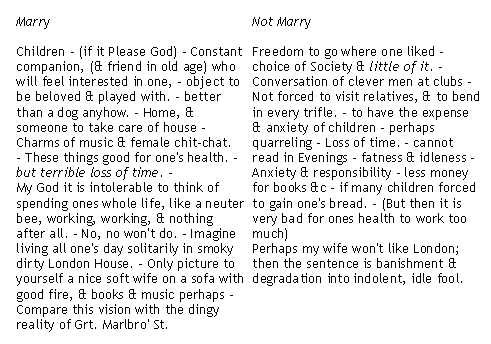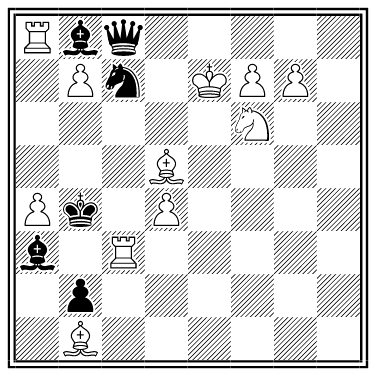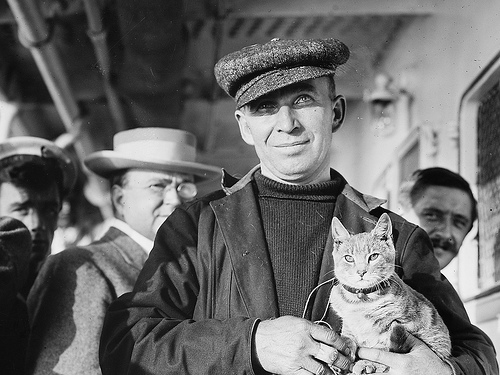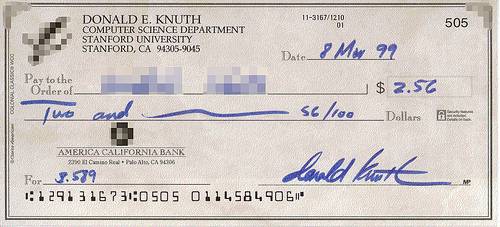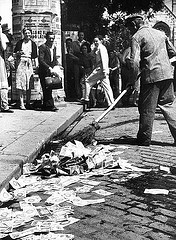
Abe Lincoln never actually slept in the Lincoln Bedroom, but his ghost seems to spend a lot of time there:
- Eleanor Roosevelt said, “Sometimes when I worked at my desk late at night I’d get a feeling that someone was standing behind me. I’d have to turn around and look.”
- Queen Wilhelmina of the Netherlands reportedly fainted after seeing “an ectoplasm in a stovepipe hat.”
- Harry Truman heard knocks but saw nothing. Winston Churchill preferred to sleep in the room across the hall, but did not say why.
- Ronald Reagan’s dog Rex would not enter the room, and he barked as he passed it. He would sometimes prowl the presidential study on the floor below, staring at the ceiling.
- Reagan’s daughter Maureen and her husband insisted they’d seen “a shadowy figure by the fireplace” and “a man wearing a red coat.”
“If you see him again,” Reagan told Maureen, “send him down the hall. I have some questions.”

